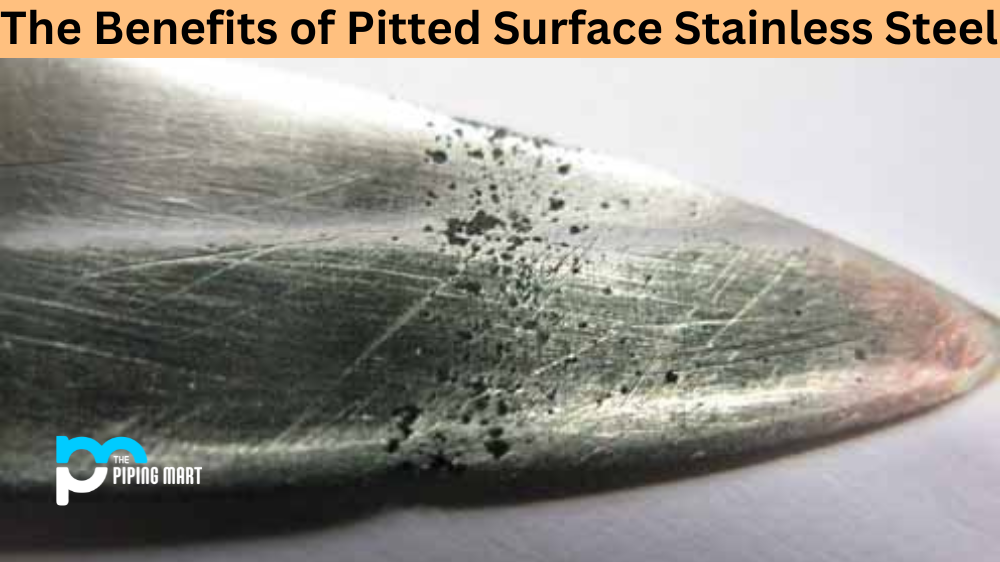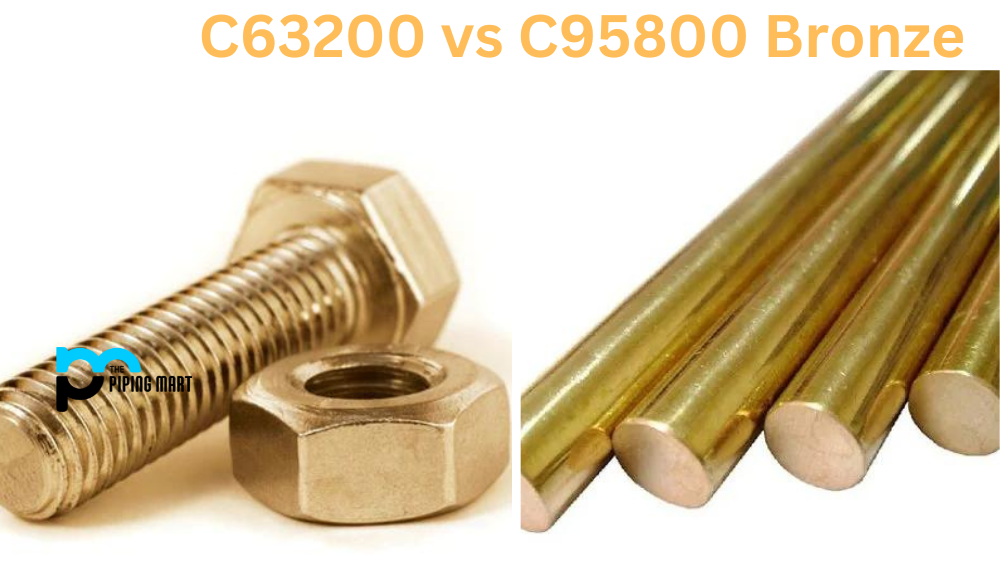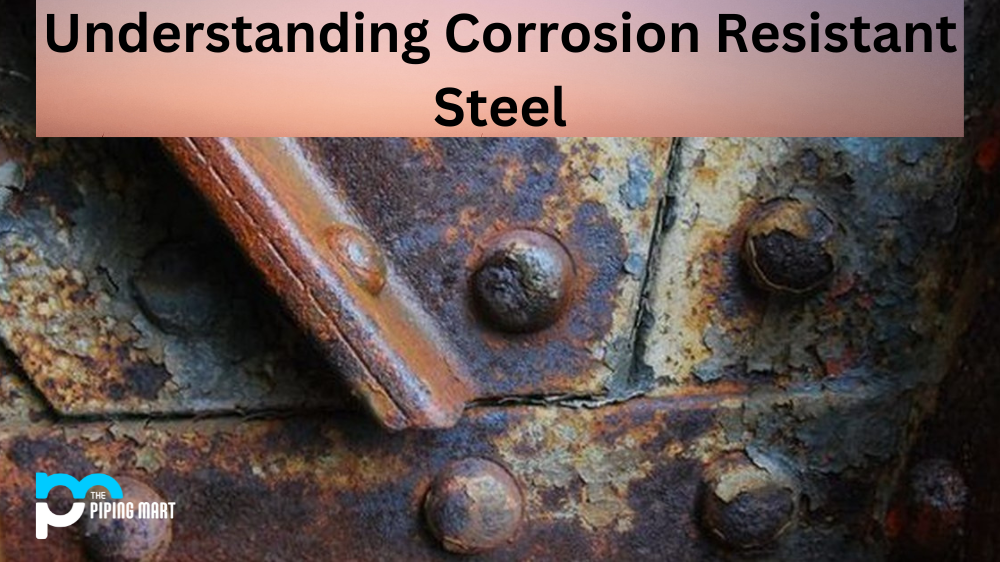When it comes to metalworking, many different types of steel can be used for various applications. Two such materials are manganese steel and carbon steel. Understanding the differences between these two materials is important to determine which one is best suited for a particular job. Let’s look at the key benefits of each type of steel and how they compare to one another.
Manganese Steel
Manganese steel, also known as Hadfield steel, is an alloy composed mostly of manganese with small amounts of carbon and silicon added for strength. It is incredibly tough and resistant to wear, making it an ideal material for applications where durability is paramount. Manganese steel has been used for decades in mining equipment, marine anchors, railroad tracks, bridges, bulldozers, construction equipment, excavators, and other heavy machinery. In addition to its superior durability, manganese steel also offers excellent corrosion resistance due to its high levels of chromium content.
Carbon Steel
Carbon steel is an alloy composed mainly of iron with small amounts of carbon added for strength. It has been used in the metalworking since ancient times due to its malleability and affordability compared to other metals like gold or silver. Unlike manganese steel, primarily used in heavy-duty applications where strength and durability are critical factors, carbon steel is better suited for lightweight applications such as sheet metal fabrication or machine parts where cost-effectiveness is key. Carbon steel can also be heat treated for improved hardness which makes it ideal for knife blades or other tools that require sharp edges or cutting surfaces.
Difference Between Manganese steel and Carbon steel
Manganese steel and carbon steel are two popular types of steel utilized for a wide range of functions. Made from a combination of manganese and iron, the unique properties of manganese steel make it a sturdy choice for applications where abrasion and impact tension are factors. Carbon steel is an alloy combining iron and various other materials, with its composition varying on the application intended to be used for. Typically lower in cost than manganese steel, carbon steel is still an excellent candidate thanks to its ductility and strength. The difference between these two steels really comes down to their composition – one using elements such as manganese while the other focusing primarily on carbon content. If mechanical characteristics like hardness, impact resilience, and wear resistance are primary factors in your decision-making process, then you may prefer the higher-quality approach of manganese steel over the affordability offered by carbon steel alloys. Either way, careful consideration should be given before selecting either type of metal for use in your project or application.
- Manganese steel is an iron, carbon, and manganese alloy.
- Manganese steel is harder than carbon steel.
- Manganese steel is more wear-resistant than carbon steel.
- Manganese steel is less ductile than carbon steel.
- Manganese steel is more expensive than carbon steel.
Conclusion:
When choosing between manganese steel and carbon steel, there are some key considerations you should keep in mind depending on your application’s requirements. Suppose you need a strong material that will stand up against wear and tear over time. Manganese steel is the best option due to its superior durability and corrosion resistance. On the other hand, if cost-effectiveness is essential, then carbon steel may be better suited due to its malleability combined with heat treatment options, allowing it to meet certain specifications at a lower cost than most other metals today. Ultimately both types of steel offer unique benefits, so it’s important to weigh your needs accordingly before making your decision!
Meet Heer, a dynamic and driven writer learning tricks of her trade in the metal industry. With a background in Digital Marketing, Heer brings a unique perspective to her writing, sharing valuable insights. Apart from blogging she like reading and hiking.




